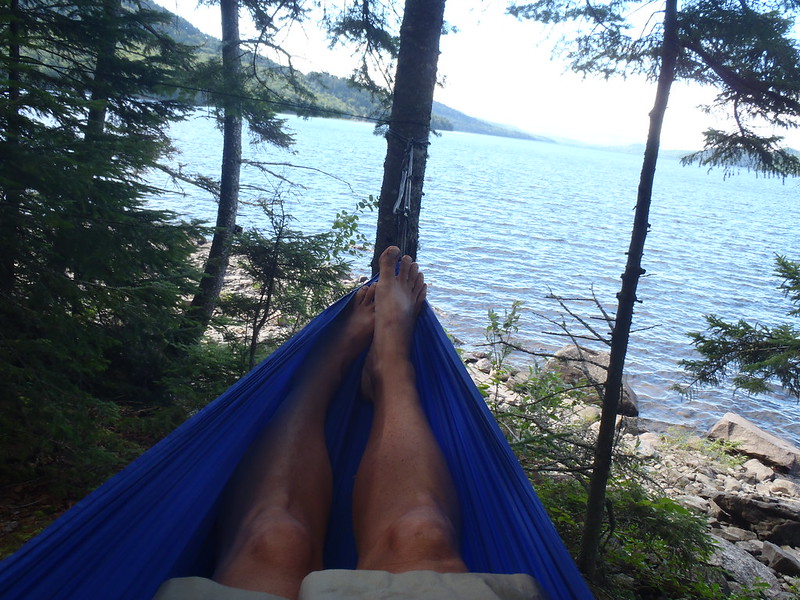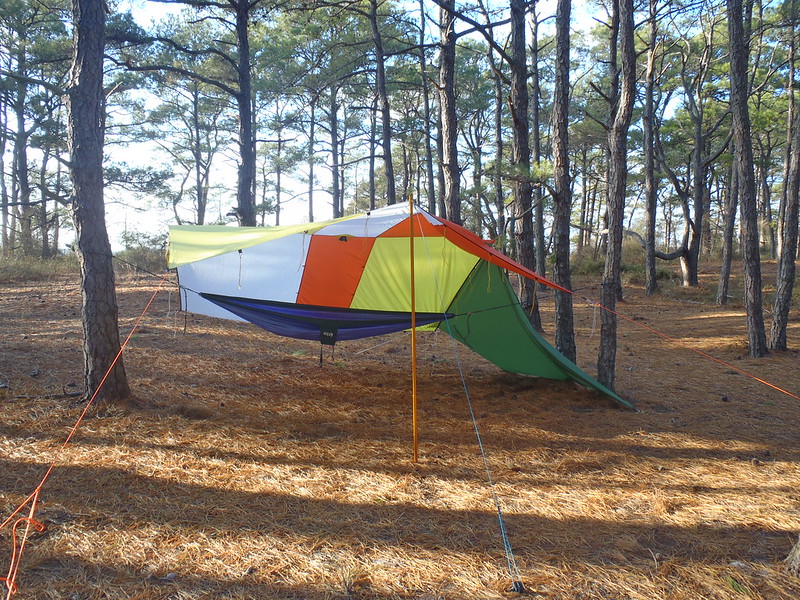- Joined
- Mar 27, 2022
- Messages
- 30
- Reaction score
- 35
Howdy Everyone,
I'm new here. I’m looking for advice on getting into solo canoeing. I’d describe myself as an intermediate tandem paddler. My wife and I routinely go out on ponds, lakes, and rivers, and we’ve done multi-day trips. We oftentimes fish along the way and occasionally bring along a dog. No class 3 white water or anything too crazy, but lots of paddling where care, coordination, and some skill are needed.
I occasionally paddle our tandem canoe (Penobscot 16 in RX - before that, an old fiberglass Sawyer) solo, but mostly on ponds. It’s pretty big for one person, gets blown around when there isn’t enough weight, and can be annoying to load, unload, and carry.
I’m looking for two pieces of advice:
Esquif Adirondack (too much of a bathtub?)
Esquif Echo
Hornbeck New Trick 13 and 14
Adirondack Canoe Company Boreas
Grumman 129 solo (controversial, I know, but I’m intrigued)
Bonpawtuck
I'm new here. I’m looking for advice on getting into solo canoeing. I’d describe myself as an intermediate tandem paddler. My wife and I routinely go out on ponds, lakes, and rivers, and we’ve done multi-day trips. We oftentimes fish along the way and occasionally bring along a dog. No class 3 white water or anything too crazy, but lots of paddling where care, coordination, and some skill are needed.
I occasionally paddle our tandem canoe (Penobscot 16 in RX - before that, an old fiberglass Sawyer) solo, but mostly on ponds. It’s pretty big for one person, gets blown around when there isn’t enough weight, and can be annoying to load, unload, and carry.
I’m looking for two pieces of advice:
- Recommendations for a first solo canoe. I’m 5’9, 175 pounds, located in the Southern Tier of NY. Budget matters, but the used market is thin, buy once cry once, etc. Ultralight isn’t a necessity at this point, but I do appreciate the benefits. At least to start, I’ll be doing mostly day paddles on local bodies of water, with some shorter camping trips sprinkled in. I do like to cover some water (my wife prefers to fish, I prefer to paddle), but maneuverability is also important for fishing and winding waterways. We also go up to the Adirondacks when we can, but that will be mostly tandem. I don’t do many long carries right now, but I don’t want something prohibitively heavy, either (I’m used to carrying the Penobscot, about 58 pounds). I currently lack indoor storage but do have covered and raised outdoor storage.
Esquif Adirondack (too much of a bathtub?)
Esquif Echo
Hornbeck New Trick 13 and 14
Adirondack Canoe Company Boreas
Grumman 129 solo (controversial, I know, but I’m intrigued)
- Safety advice. How do you recommend progressing as a solo paddler who does not paddle with a group? I like paddling alone. That’s why I want to get into solo paddling. But I’m also safety conscious and nervous about pushing my capabilities without other people around. For example, when would you feel comfortable doing a multiday solo trip on, say, the Oswegatchie in the Adirondacks (a trip I’ve comfortably done tandem)? Are there any good self-assessment tools for solo paddlers?
Bonpawtuck





